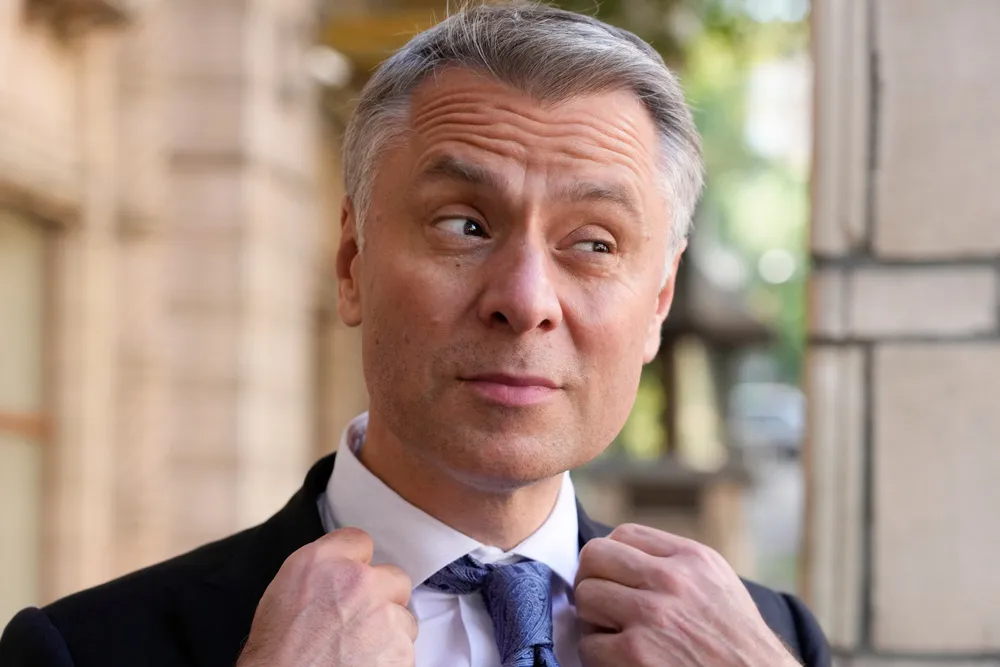Ukraine warns on Gazprom stranglehold on gas exports to Europe
Country calls for Germany and US to take action against Russian giant it claims uses gas supplies as an economic 'weapon'

Country calls for Germany and US to take action against Russian giant it claims uses gas supplies as an economic 'weapon'
